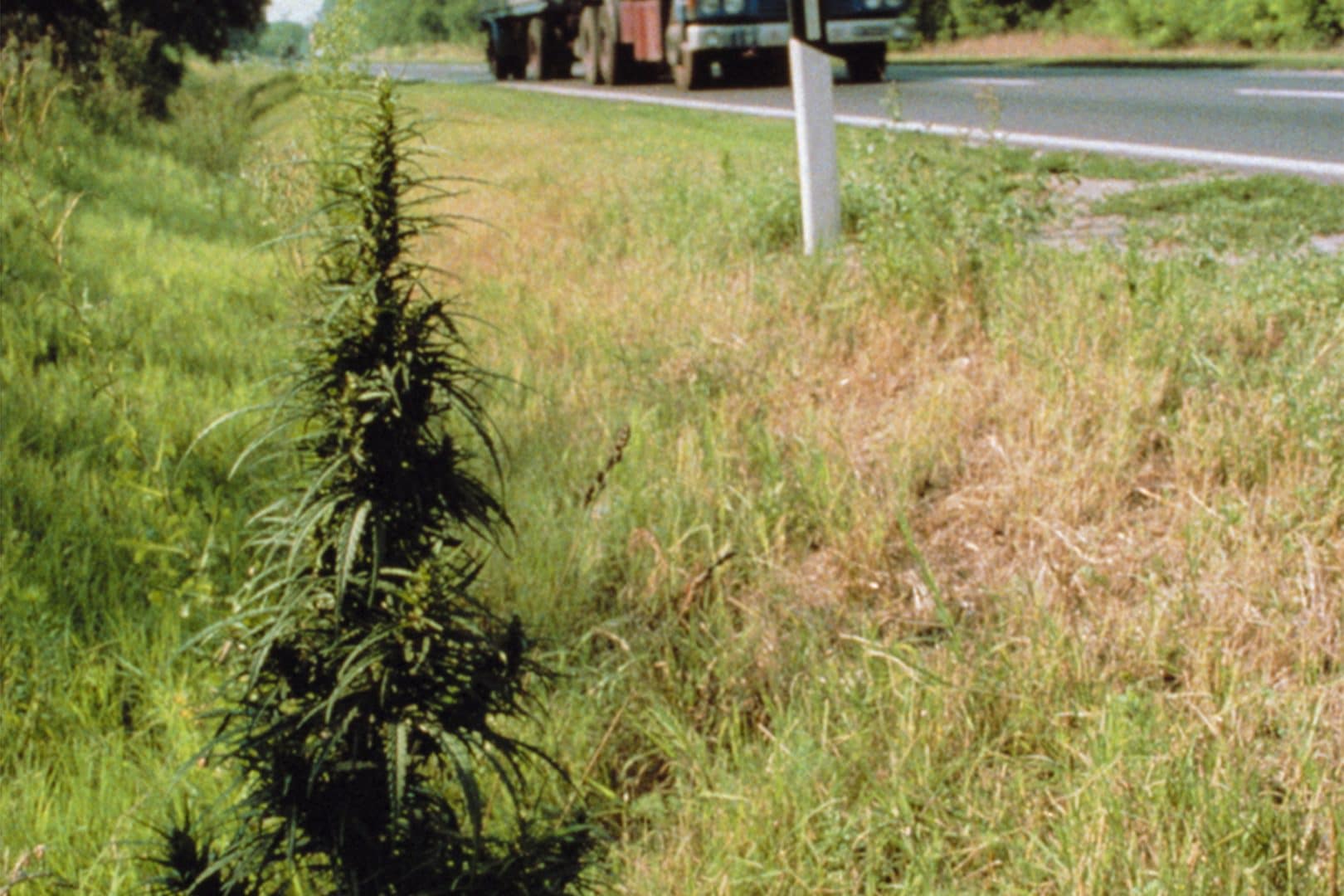
Cannabis Ruderalis
The name ‘ruderalis’ comes from ‘ruderal’, a term given to wild plant species.

French naturalist Jean-Baptiste Lamarck, the first European botanist to classify this type in 1785, received his samples from India and dubbed the plant Cannabis Indica in recognition of that fact.
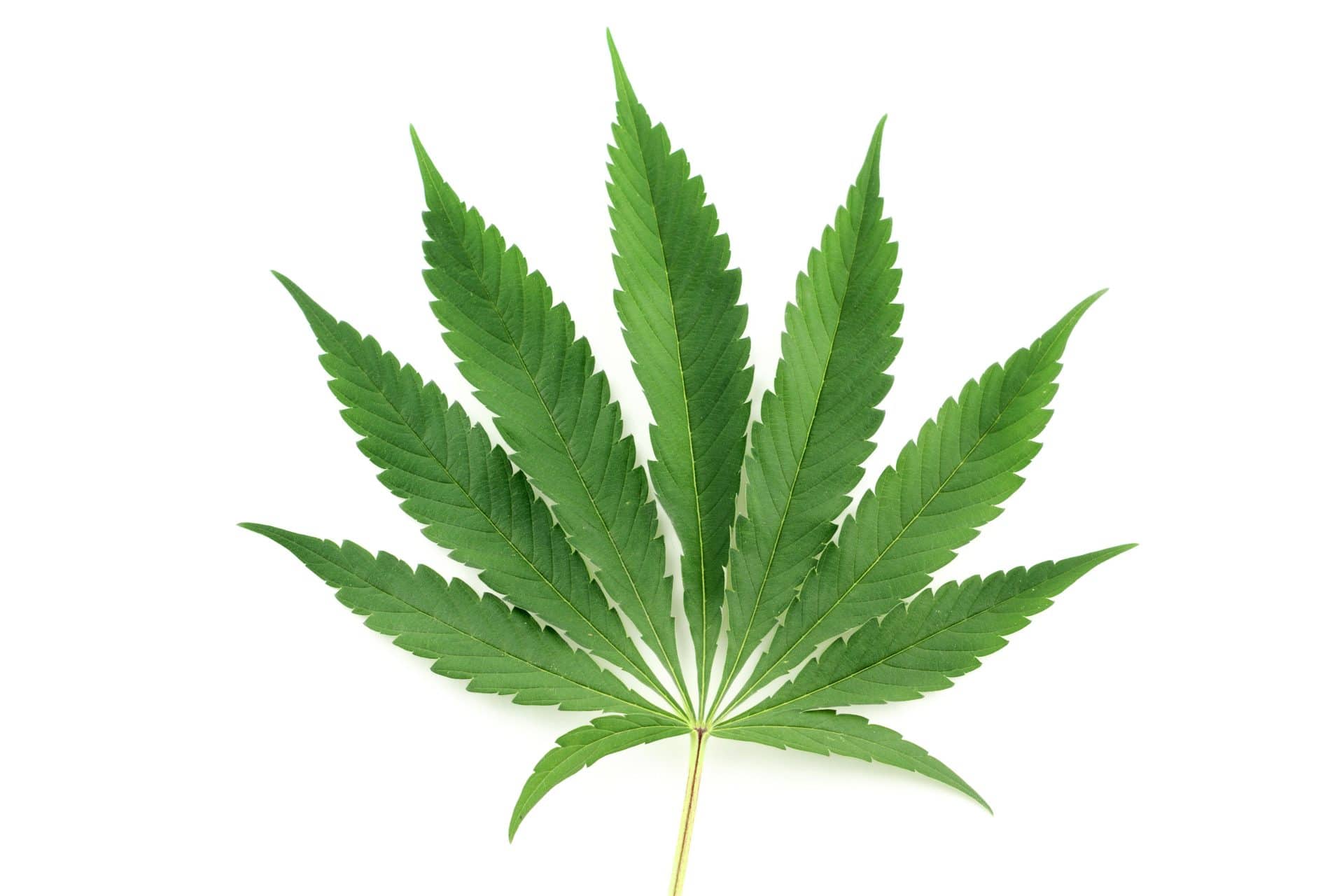

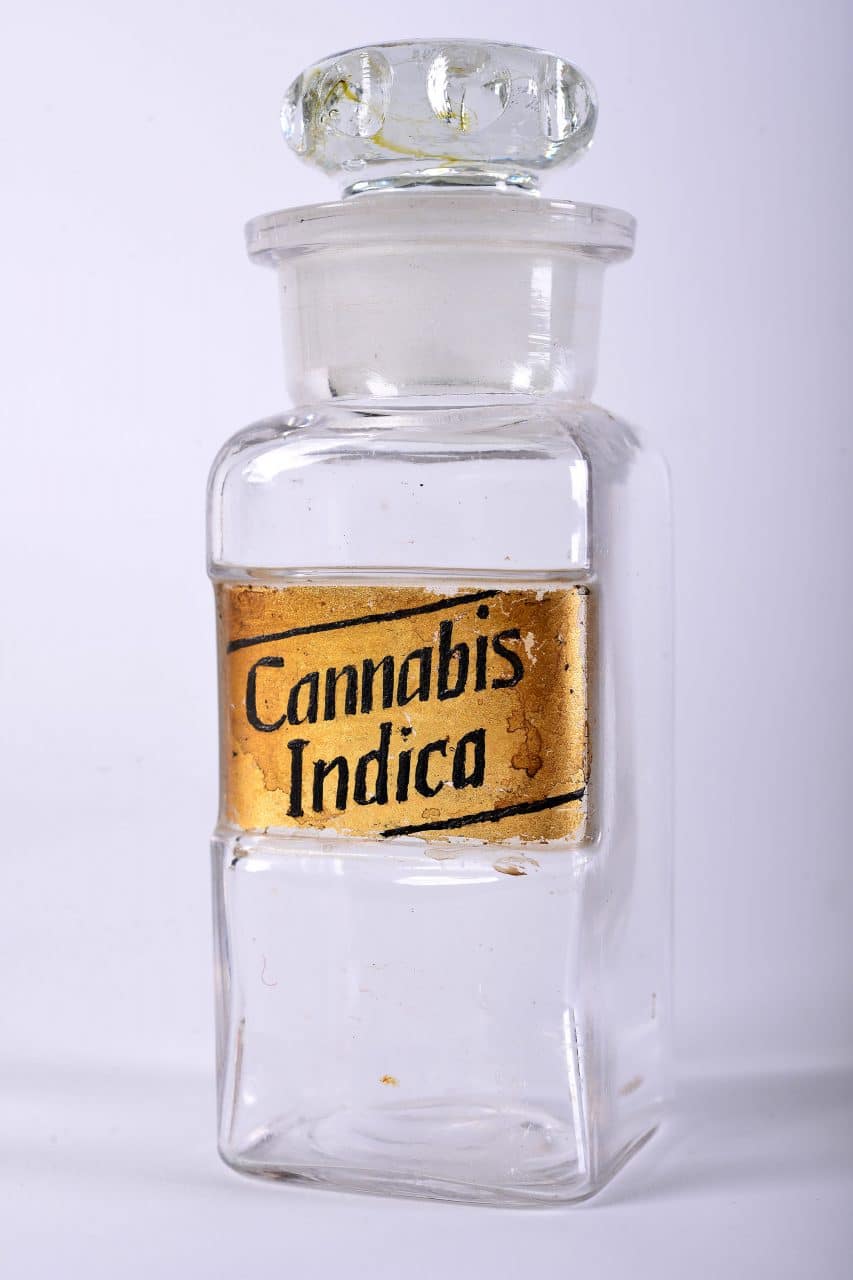
The typical example of Cannabis Indica is a more compact, thick-stemmed bush than its cousins, usually reaching a height of less than two metres. The foliage is generally a dark shade of green, some examples appearing to have almost blue or green-black leaves. These leaves are composed of short, wide blades.
Indica strains tend to produce more side-branches and denser overall growth than Sativas, resulting in wider, bushier plants. Indica flowers form in thick clusters around the nodes of the female plant (the points at which pairs of leaves grow from the stem and branches). They usually weigh more than Sativa flowers of similar size, as they are more solid.
The life cycle of Cannabis Indica, like the rest of the Cannabis genus, is divided into two distinct phases – vegetation and flowering – which are reactions to different day-lengths (photoperiods). Vegetation is also sometimes referred to simply as the growth, or growing, period, although the plant continues to grow in size and mass throughout the flowering period as well.
Vegetation occurs when the plant experiences long days and short nights, known as the long photoperiod. When growing, Cannabis Indica devotes its energy to increasing in size and stature. As days become shorter and nights longer (the short photoperiod), the plant receives the signal that autumn is approaching and its flowering phase is triggered.
In the flowering phase, upward and outward growth slows considerably and may appear to cease completely as Cannabis Indica directs the bulk of its energy to growing reproductive parts – male flowers which distribute pollen, or female flowers which produce the majority of cannabinoids and are meant to receive pollen and produce seeds. If male plants are eliminated early in the flowering phase, female plants are prevented from making seeds and their cannabinoid-rich flowers (also referred to as buds, tops or colas) may be harvested for recreational and medicinal use.
Most Indicas are a rich source of the cannabinoids THC, CBD and CBN. While Cannabis Sativa often produces a higher proportion of THC compared to its other cannabinoids, Cannabis Indica often contains significant levels of all three. Indicas tend to produce more body-centred effects than Sativas – enhancement of physical sensations, relaxation, dry mouth, red eyes. These effects are often grouped together under the term ‘stoned’, as opposed to the ‘high’ imparted by Sativas. This is not to say that Indicas have no psychoactive effect, just that they are more renowned for their noticeable effects on the body.
Cannabis Indica strains are cultivated almost exclusively for their medicinal and psychoactive properties, and may be the most commonly used medicinal marijuana strains. Cannabis Indica’s firm stem and thin bark make it unsuitable for fibre production.

You might also be interested in these topics

The name ‘ruderalis’ comes from ‘ruderal’, a term given to wild plant species.
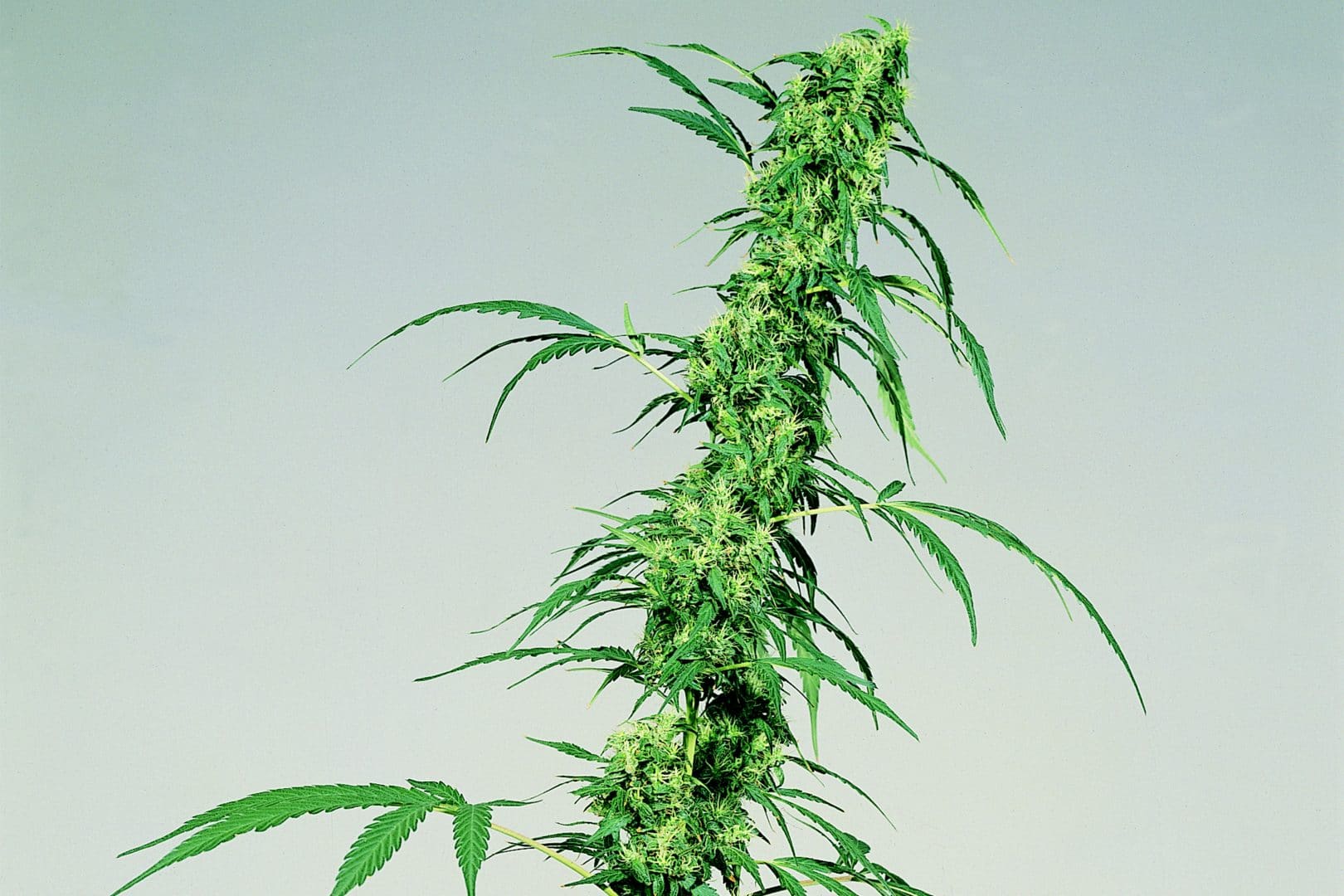
Cannabis Sativa is probably the most common form of cannabis worldwide and also the type with the most applications.
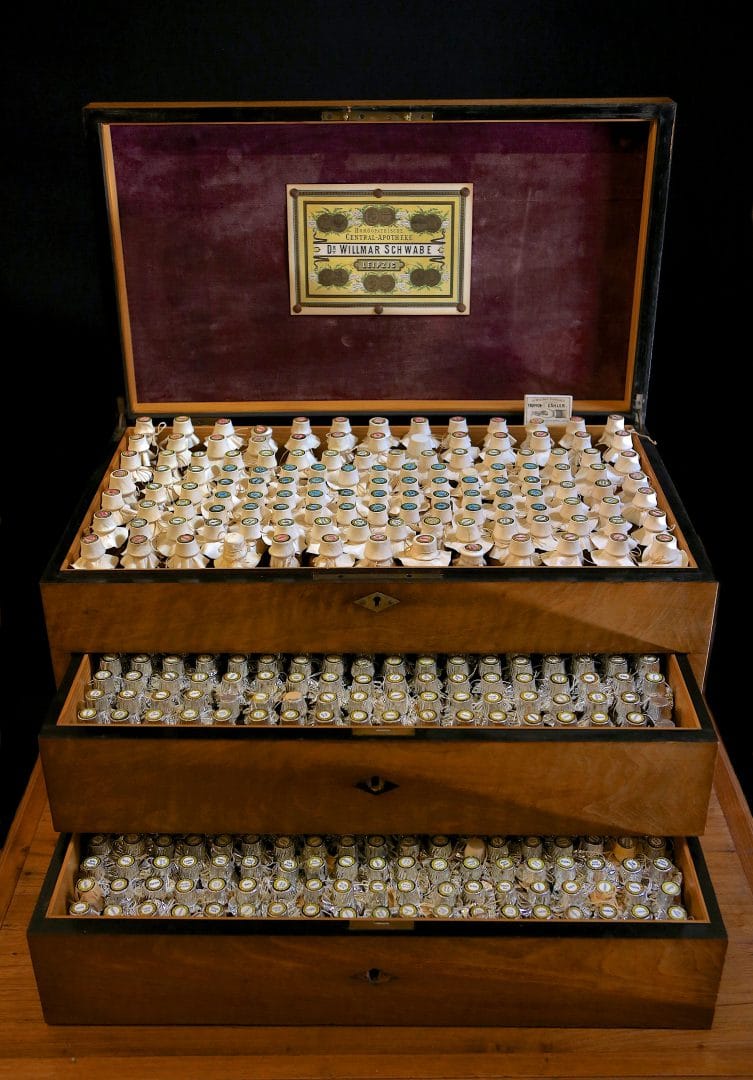
This splendid pharmacist’s chest from 1873 used to belong to Willmar Schwabe. At the age of 26, this German pharmacist started producing remedies based on medicinal plants. This homeopathic pharmacist’s chest contains 152 numbered bottles with granules from various plants, including Cannabis indica (number 29) and Cannabis sativa (number 30). Many of the homeopathic medicines […]
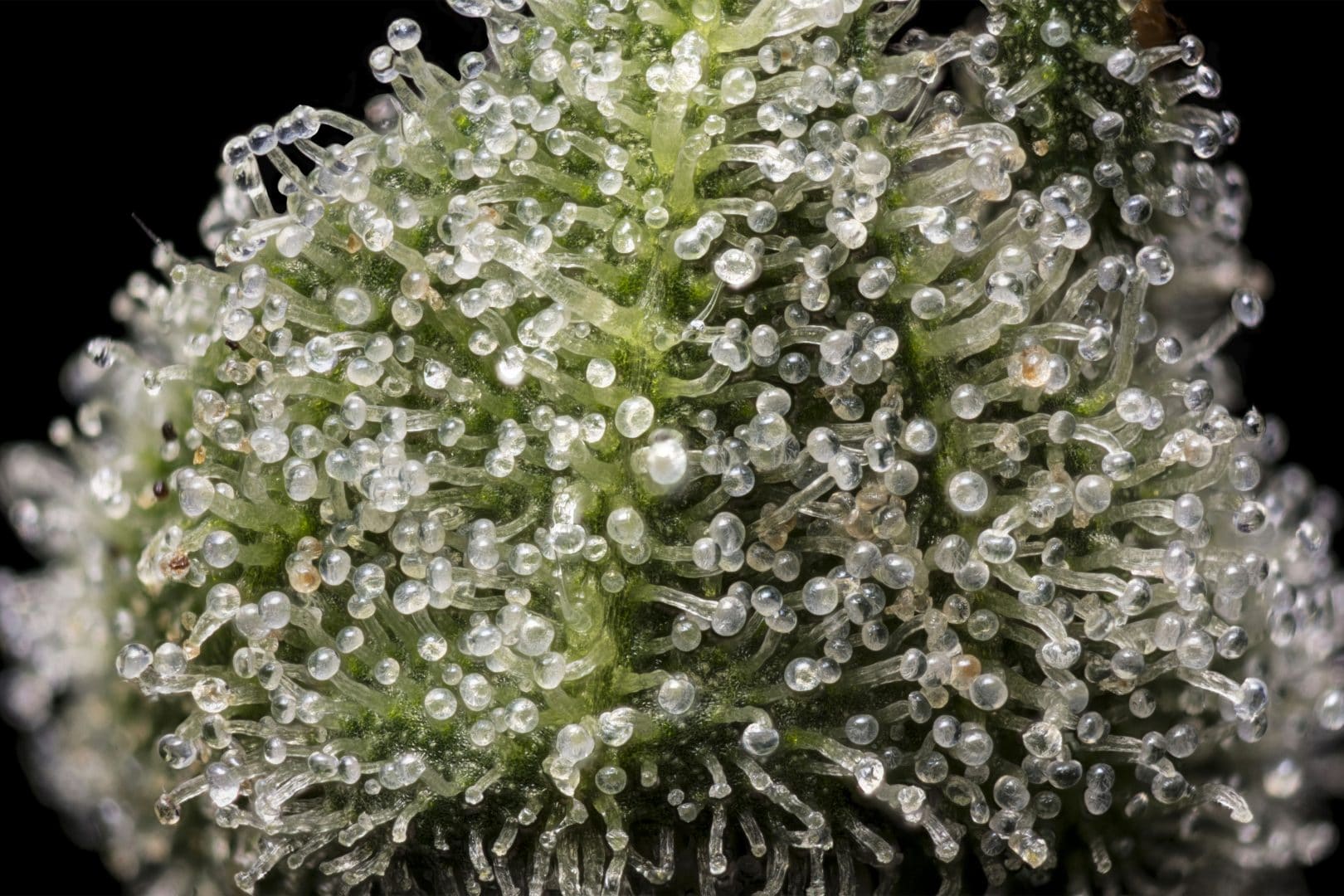
What is the effect of THC, cannabidiol and cannabinol on the human body? Read more about cannabinoids and the endocannabinoid system.

The use of cannabis as a medicine can be traced back at least 5000 years. Interest in medicinal cannabis is currently on the rise in many parts of the world.

See live cannabis plants growing in our garden exhibit in Amsterdam.
Buy your ticket Plan your visit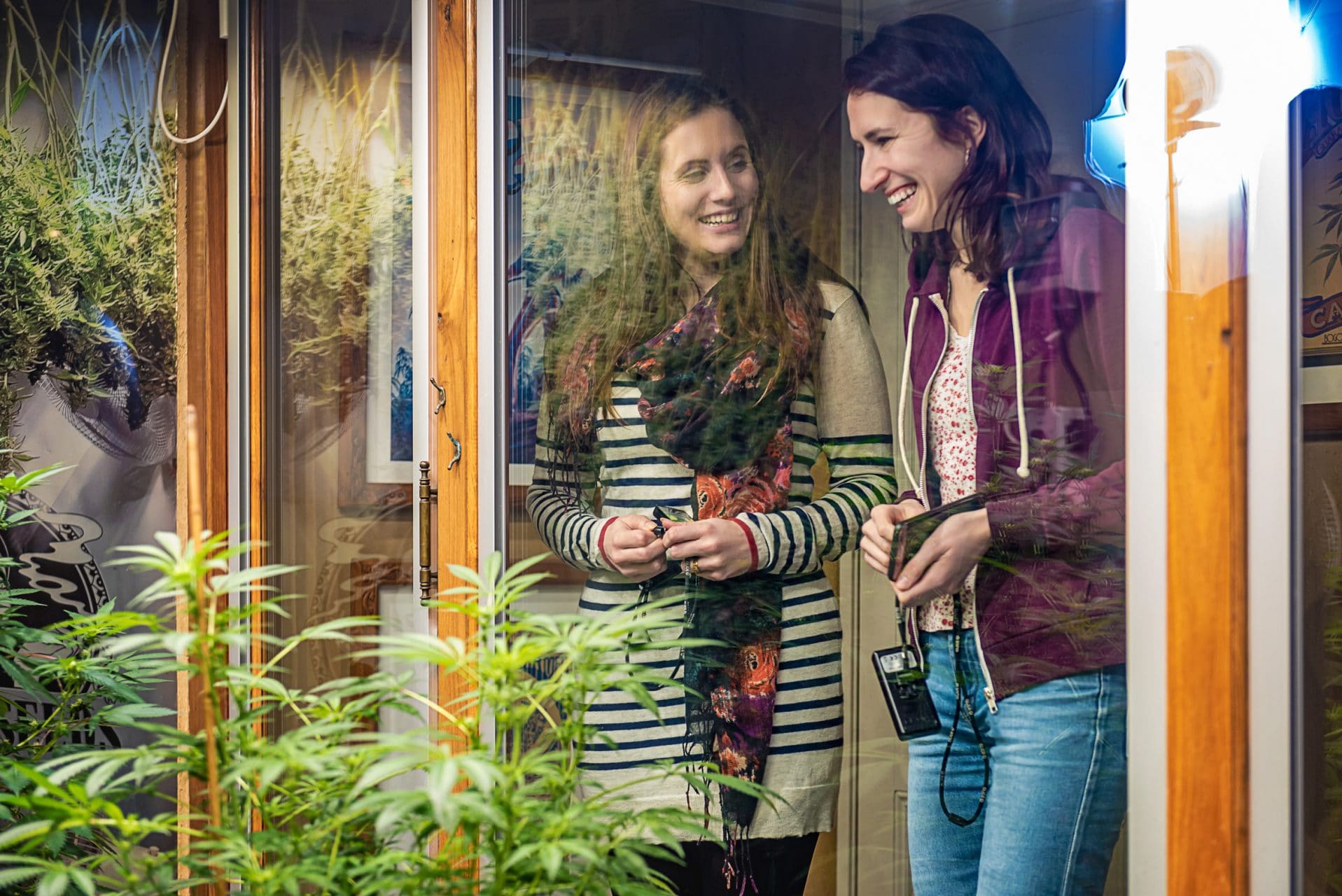
Sign up to get the latest news about the museum, upcoming exhibitions and events.
Oudezijds Achterburgwal 148
+31 (0)20-6248926
amsterdam@hashmuseum.com
Monday to Thursday: 12:00 – 20:00
Friday to Sunday: 10:00 - 22:00
More information
Carrer Ample 35
+34 93 319 75 39
barcelona@hashmuseum.com
Every day: 11:00 – 20:00
More information
© 1987 - 2025 Hash Marihuana & Hemp Museum. All Rights Reserved. CSS Status 404